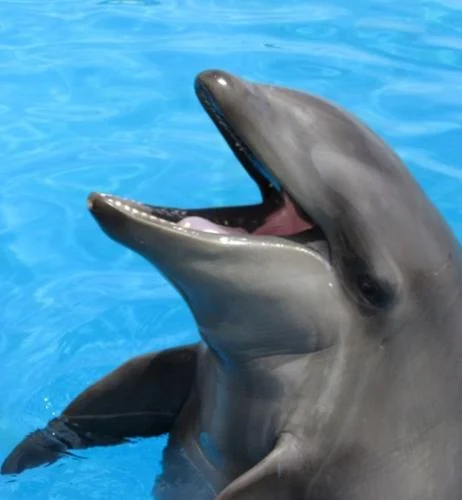Charlotte the stingray and her ‘miraculous’ pregnancy


A stingray in Hendersonville, North Carolina, named Charlotte, is pregnant. This is not an ordinary pregnancy, as there are no male stingrays in her tank.
The mystery continues as, when Charlotte was given a checkup, shark bites were found. While mating, it is known that sharks tend to bite.
Charlotte was located in a tank within the Aquarium & Shark Lab in which there are five male sharks. Any of them could be the culprit for the immense amount of bites along Charlotte’s body.
Researchers are almost certain, however, that Charlotte’s pregnancy is the result of a rare type of asexual reproduction known as parthenogenesis. Parthenogenesis is when an organism produces an embryo without fertilizing an egg with sperm. Many species are known to reproduce this way. Most people probably would think of sea sponge or bacteria, but bees and many sea creatures have been reported doing so.
The intense interest comes with no other round stingray being recorded to have asexually reproduced in history.

Although a lot of scientists are extremely against a shark-stingray hybrid, it would not be the first time it has happened.
Mammals mating outside of their breed is pretty common. Mules are a good example of a common hybrid which happen when a male donkey and a female horse have offspring.
Then, there are hybrids that only exist in captivity like ligers, a male lion and female tiger.
Going aquatic, there is even a wholphin. Wholphins are an interesting pair as it is a bottlenose dolphin (like Dolphin Tale) and a false killer whale.
Another fact about hybrids is that it is extremely rare for them to be able to have their own offspring. Mules do not even produce eggs or sperm to have offspring, but a Wholphin in Oahu, Hawaii, named Kekaimalu, has had three babies. Sadly, two of them passed. The first was within a few days and the second at 9 years old. However, as they say, the third times a charm, and Kiwili Kai is alive to this day.

Parthenogenesis is a type of asexual reproduction where a female animal produces an embryo without it being fertilized.
In some cases, it is natural; in mammals, it is not. Some people are arguing that this is possible in humans, and may have gone unreported by humans. There have been spontaneous cases reported in infertile women, but none of the embryos have survived.
As scientists further research this phenomenon within the next few generations, there are possibilities that it is plausible for asexual reproduction in humans for the future.







